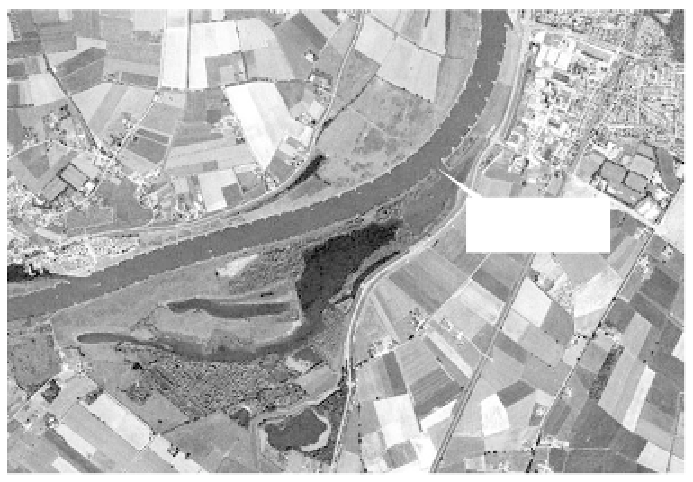Environmental Engineering Reference
In-Depth Information
defence are met. In this context good schemes are those
that aim to create a sustainable river and floodplain
solution which functions as naturally as possible within
the constraints of today's increased pressures on the
surrounding land.
embankment removal in the Netherlands (Fig. 11.9).
Restoration strategies and the status of ecological
rehabilitation of the lowland basin of the river Rhine
have been reviewed by Buijse
et al.
(2002) and
Nienhuis
et al.
(2002).
The Rhine
The Danube delta restoration project
Within northern mainland Europe, the Rhine is one
of the most important rivers and, while it originates
in Switzerland, it flows through France, Germany
and the Netherlands to the North Sea. It has been the
foundation of settlements and commerce for many cen-
turies and hence human impact has been considerable.
One of the earliest recorded impacts was in 1449 when
over-fishing and pollution led to declines in the
fish population. Even at this point the Strasbourg
Regulations were adopted to improve the Rhine, yet
further deterioration was still to come. Between 1817 and
1874 considerable straightening occurred due to major
engineering works in an attempt to improve naviga-
tion, reduce flooding and recover alluvial areas for
farming. By 1950 Atlantic salmon in the Rhine had
disappeared as habitats diminished and physical
barriers increased. Since 1952 the Rhine Commission
has worked towards improving water quality, river
ecology and pollution emissions. Many small and
partnership programmes of works have and are being
undertaken including flood retention in Germany and
The Danube is the second largest river in Europe,
covering around 800,000 ha and flowing through 11
countries. The river rises in Germany's Black Forest,
eventually discharging into the Black Sea delta area
in Romania after 2800 km. The delta itself is the
second largest wetland in Europe and was declared
a Biosphere Reserve in 1990 by the United Nations
Educational, Scientific, and Cultural Organization.
Over 60 species of fish and 300 species of birds use
the delta wetland (Zöckler 2000). Successive pro-
grammes of so-called improvements have led to de-
terioration in the wetlands. These were initially for
navigation purposes, but problems were exacerbated
through the construction of dams and channelization
for agricultural production during the 1960s and
1980s.
With the opening up of central Europe, two major
initiatives have been undertaken to look at the
restoration of the hydrological system underpinning
the delta wetlands. Firstly the World Wildlife Fund's
Green Danube Initiative consists of five restoration
Flodbank breached
enabiling the floodplain to be
reconnected to the river
Fig. 11.9
Floodbank removal on
the River IJssel, The Netherlands.
Courtesy of Ute Menke, ECRR.



